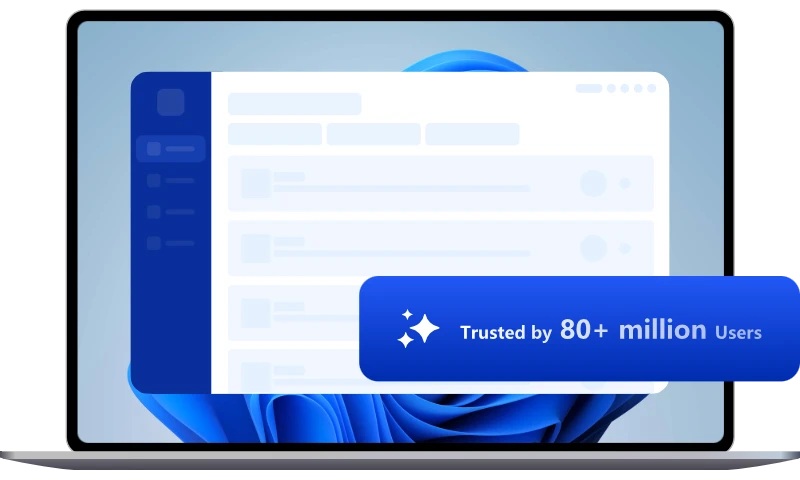The Difference Between FAT32, NTFS and exFAT USB Flash Drives
When you try to format a USB flash drive, Windows will let you choose between three file systems, namely FAT32, NTFS and exFAT. what is the difference between these three and how should you choose?
USB flash drives are compact but can store a lot of files, making them the first choice for many users when they need extra space, or to carry data around with them.
When you try to format a USB flash drive, Windows will let you choose between three file systems, namely FAT32, NTFS and exFAT. what is the difference between these three and how should you choose?
1. FAT32
FAT32 is the file system pre-installed on many USB storage devices, belonging to the traditional file format of the Windows platform, with good compatibility. But it has a fatal weakness - does not support a single file larger than 4GB. Once the capacity limit is exceeded then the system will prompt a lack of disk space.
So for large image files or video files and so on, FAT32 may not be a good choice. Especially in these days many applications and games are above 4G, FAT32 is more difficult to meet the needs of modern entertainment activities.
2. NTFS
As mentioned earlier, FAT32 format is the traditional file format for Windows platform, while NTFS format is the most widely used file format.
It has the advantage of being able to support large file sizes and oversized partitions, and has a collection of advanced technologies, including long file names, compressed partitions, data protection and recovery, and so on.
However, there are two sides to everything, and the downside of NTFS is that it can shorten the life of your flash memory.
The NTFS format is designed for mechanical hard drives, it will do detailed records of the hard drive's read and write operations, while the flash memory storage chip has a limited number of read and write times, if you use the format will make the flash memory cause a greater burden and damage.
3. exFAT format
exFAT is a file system specially designed by Microsoft for flash devices. It is designed to be a lightweight file system like FAT32, but without the extra features and overhead of NTFS, and without the limitations of FAT32. Therefore, we can say that it is one of the best choices for mobile devices such as USB flash drives.
The advantages of exFAT are its ability to enhance interoperability between desktops or laptops and mobile devices, up to 65536 files in the same directory with support for access control, and yes, the remaining space allocation table to improve the space allocation line.
And in terms of compatibility, it's not as good as FAT32, but far more extensive than NTFS.
Overall, exFAT is the most suitable file system for flash drives, while NTFS is suitable for internal drives. However, if the device you want to transfer files to does not support exFAT, you may still need to use a drive formatted as FAT32.

